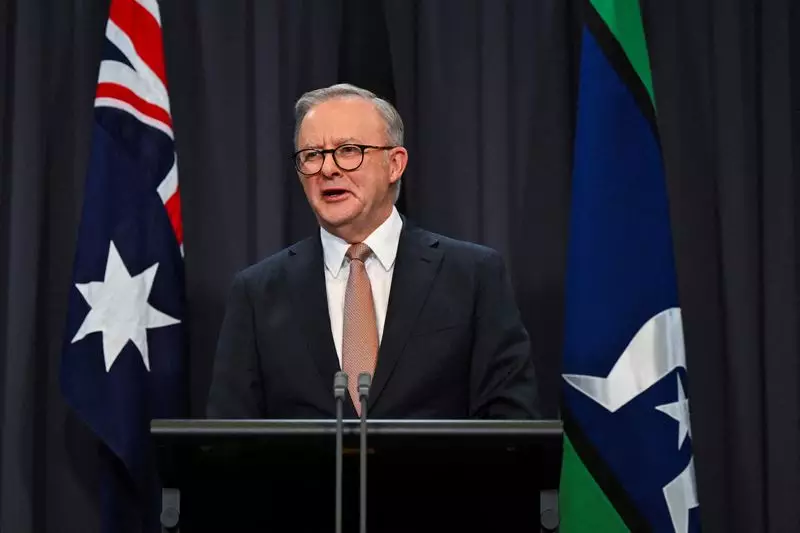In a revolutionary announcement, Australian Prime Minister Anthony Albanese unveiled plans that could dramatically change the financial landscape for students across the nation. The government’s initiative to reduce student loans for approximately three million Australians by a substantial 20% is likely to make a considerable difference in tackling educational debt. This bold move, set to eliminate around A$16 billion ($10 billion) of debt, underscores the government’s commitment to addressing cost-of-living challenges while enhancing the accessibility of education.
The new policy builds upon previous budgetary measures introduced in May, aimed at alleviating the economic burdens faced by the populace. By targeting student loans, the government is not only addressing immediate financial pressures but is also responding to a growing concern among young Australians about the suffocating weight of educational debt. The proposed changes indicate that the average graduate with a loan of A$27,600 could see their debt reduced by A$5,520—a significant relief for many. This initiative reflects a broader recognition of the financial challenges that students face, particularly in an economic climate characterized by persistent inflation and rising living costs.
In addition to debt relief, Albanese’s government has signaled forthcoming legislative plans to limit annual repayments for borrowers, thereby easing the financial strain even further. By raising the income threshold for repayments, the government aims to ensure that graduates can contribute to the economy without being overwhelmed by their repayment schedules. The commitment to legislate for 100,000 free places annually at Technical and Further Education (TAFE) institutes could pave the way for a more skilled workforce and offer pathways to education that do not lead to crippling debt. This foresight reflects an understanding of the importance of vocational training in fostering economic stability and growth.
Political Implications: A Strategic Move Ahead of Elections
As the federal election in 2025 approaches, Labor’s initiative to transform educational financing may serve as a strategic maneuver to regain favor with voters. Polls have indicated that the present government is trailing behind conservative opposition; thus, demonstrating a proactive stance on such pressing issues may help to bridge that gap. Furthermore, by focusing on education, the government is appealing not only to students but also to their families, as the interests in educational financing resonate across generations.
Albanese’s announcement symbolizes a pivotal moment in Australia’s approach to education and financial support systems. By addressing student debt head-on and pledging to enhance educational access, the government is laying the groundwork for a more equitable society. The emphasis on student wellbeing, economic relief, and future investment in education positions this initiative as a cornerstone of progressive policy-making in Australia—one that seeks not just to alleviate immediate concerns but to lay the foundation for a more robust and fair educational system in the years to come.

